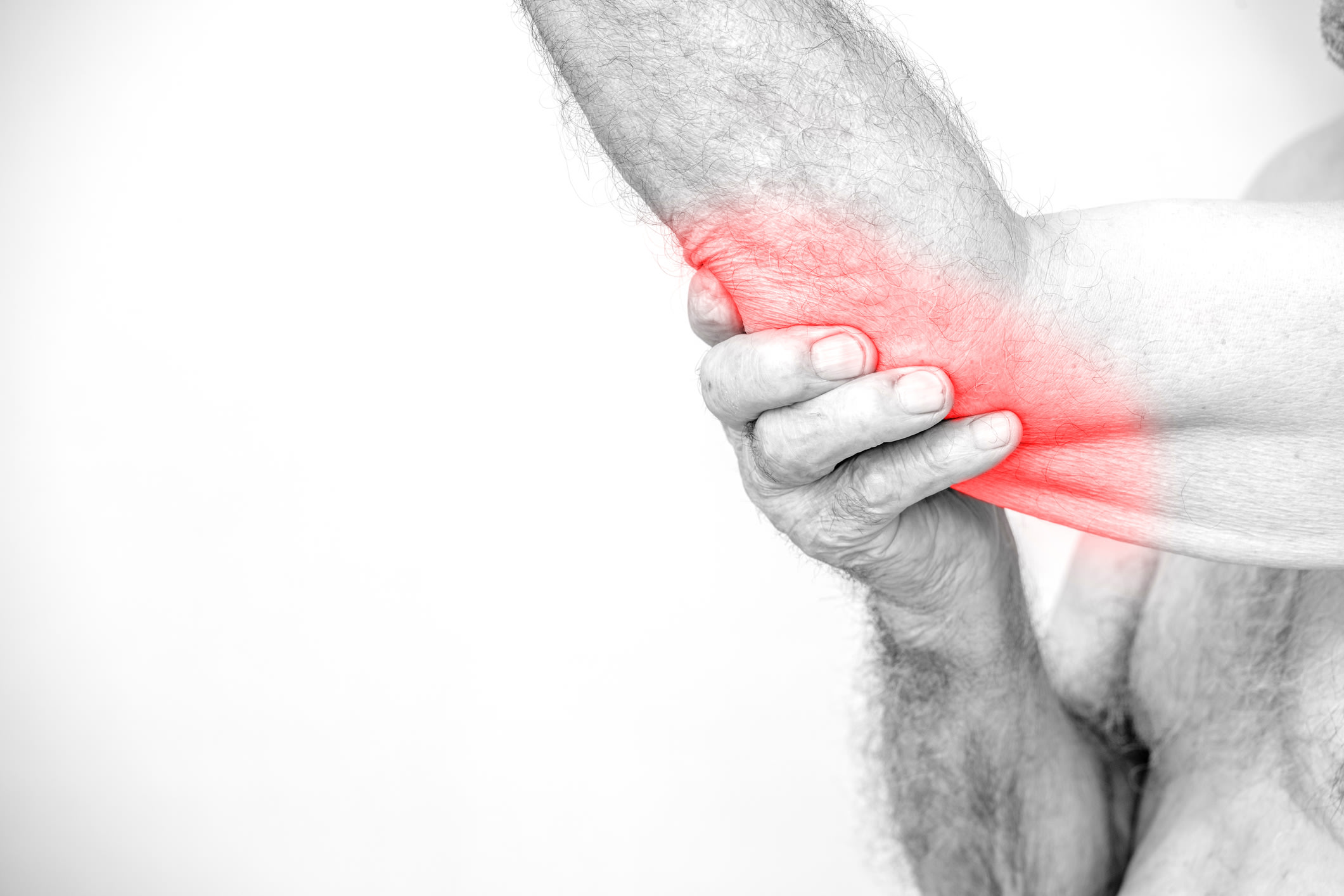Fluorescence Imaging Helps Differentiate PsA and EHOA
September 8, 2025
-
3 min
8 Key Takeaways
-
1
Study involved 101 patients with PsA and EHOA.
-
2
FOI used to evaluate joint enhancement.
-
3
EHOA showed stronger enhancement in fingers than PsA.
-
4
Werner sign was observed in 56% of PsA cases.
-
5
FOI diagnostic agreement with clinical diagnosis was 78%.
-
6
Limitations included retrospective design and treatment status confusion.
-
7
Enhanced imaging may support better differential diagnosis.
-
8
FOI provides useful insights into joint conditions.
A recent study involving 101 patients used fluorescence optical imaging (FOI) with indocyanine green to differentiate psoriatic arthritis (PsA) from erosive hand osteoarthritis (EHOA). Patients with EHOA exhibited stronger joint enhancement in finger joints compared to those with PsA, who displayed a unique imaging pattern. The study revealed that the Werner sign, a specific triangular enhancement, was more prevalent in PsA cases. FOI showed substantial reliability in diagnosing joint conditions, providing measurable differences despite some diagnostic overlap.
Listen Tab content



